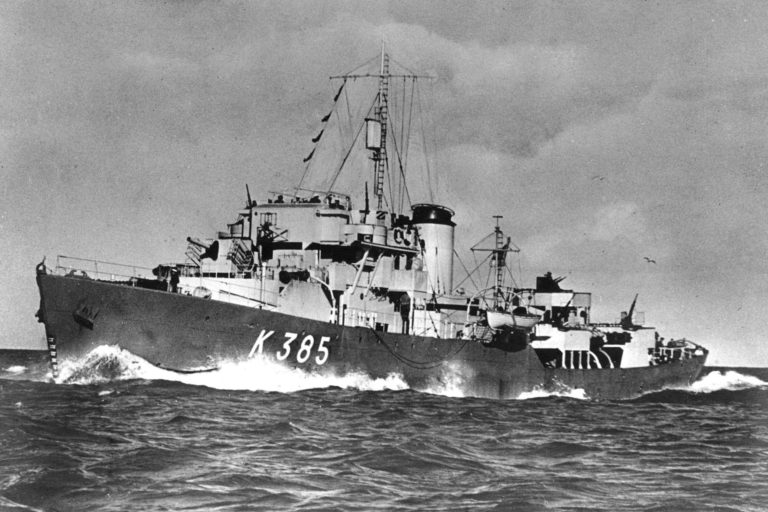Read about New Zealand’s early naval aviation history. Learn about the early two‑seat de Havilland DH60G (Moth) fitted with a 100 hp Gipsy engine and with floats.
Naval power was the keystone of New Zealand’s defence in the years following Armistice, as Admiral Jellicoe observed ‑ New Zealanders were ‘keenly alive to the importance … of a powerful and efficient Navy’, demanding ‘a strong Far Eastern Fleet … as soon as possible’. The New Zealand government had sought advice on air policy, and Colonel Bettington was dispatched from the UK in 1919 to offer advice. Bettington begged to differ with Jellicoe’s opinion, warning that ‘With present types of machines in large numbers, undefended cities could be made untenable in a single day and night,’ he added that:
Aviation provides a new and distinct striking force of tremendous potentiality. Before a formal declaration of war or expiry of an ultimatum, it may be possible for an unscrupulous neighbour to deal a paralysing blow at a vital Centre.
Despite enthusiasm from the likes of RAF Air Marshal Salmond and NZ Defence Minister Thomas Wilford, money did not stretch to developing an air service in the lean months after the war.
Modest numbers of aircraft were ordered, however, notably in 1929 orders were placed for two three‑seat Fairey IIIF biplanes, each fitted with a 570 hp Napier‑Lion engine and capable of being flown as a landplane or fitted with floats, and a two‑seat de Havilland DH60G (Moth), registration number 995, fitted with a 100 hp Gipsy engine; though normally a landplane it was also ordered with floats. These aircraft were operated by the New Zealand Permanent Air Force (NZPAF).
The Moth arrived in Auckland by ship in July 1929. In August Flight Lieutenant Sidney Wallingford, recently returned from serving at Calshot (UK) with No.201 (FB) Squadron RAF, began flying the Moth, configured as a landplane.
The continued focus on naval policy was highlighted by the NZPAF’s first active service in January 1930, when the Government ordered HMS Dunedin to sail to Samoa to provide assistance to the authorities. After the war, the Western Samoan Islands had been mandated to New Zealand, a group of Samoans, sick of colonial administration, formed the Samoan League; locally called Mau. Over the years, the Mau gathered momentum, and it became increasingly difficult to maintain law and order. On board were Wallingford, two NZPAF Corporals, Smith and Sorrell, and the Moth 995. Disembarkation of the seaplane at Apia six days later was tricky. The aircraft was hoisted out on a ship’s crane, its wings unfolded; it was then lowered to meet the crest of a wave for safe release. After the aircraft was successfully beached on a makeshift ramp and secured above the high‑water line the two corporals, a Naval signalman and seven stokers as armed guards for the aircraft set themselves up with hammocks in a village hut; this was base camp. Wallingford was billeted with the Secretary for Native Affairs.
With no shelter for the plane, rain stalled attempts to get the Moth’s engine functioning properly and it wasn’t until 7.25 a.m. on 16 January that Wallingford was able to fly the NZPAF’s first operational mission ‑ a 2 hour 50 minute reconnaissance around the island of Upolu, trying to spot Mau in the bush. The aircraft was primarily used for observation over coastal areas and cultivated land, leaflet dropping, a show of force, and attempting to stop small boats carrying Mau members across the straits to neighbouring islands an example of early Maritime Interdiction Operations.
To improve the offensive capability of the Moth a Lewis gun was fitted to allow Wallingford to fire on the dissident forces if necessary. Mounts were fitted on each side of the cockpit for the gun, but the gun had to be aimed and fired with one hand while the pilot flew with the other. Dunedin’s torpedo lieutenant constructed a 3lb dry gun‑cotton bomb out of a treacle tin, with the striker separated from the percussion cap by a whisky bottle cork. The bomb was to be dropped by hand from the Moth and triggered by the striker pin releasing on impact. Thus armed, the ‘bomber’ took off to look for action. On 27 January 1930, the bomb was dropped ahead of a large boat thought to be taking Mau members to Savaii. Fortunately it failed to explode, as the boat belonged to an Australian missionary returning to the island from the mainland. A second, simpler bomb was constructed, but never dropped.
Peace talks between the Mau, Samoan elders and the colonial administration took place in early March 1930, and with promises of a settled future, HMS Dunedin returned to New Zealand on 12 March. The Moth had flown 90 hours during its operations in Samoa, with the average sortie lasting two hours. The highest altitude reached, according to Wallingford’s logbook entries, was 8000 feet.
It appears the Moth was damaged while being reloaded onto the cruiser as well as during the stormy passage to New Zealand, so it was eventually scrapped at Hobsonville. Parts of the aircraft, however, played a further role in New Zealand’s maritime aviation history. Francis Chichester was allowed to fit the floats to his Gipsy Moth ZK‑AKK Madame Elijah for his 1931 trans‑Tasman flight Auckland to Sydney via Norfolk and Howe Islands.
In 1930 staff numbers grew at Hobsonville with the arrival of additional aircrew and airmen apprentices, fresh from a course at Trentham Army Camp. The development of Hobsonville was halted in 1931, leaving the base with no maintenance facilities of its own, although the base comprised of married quarters, workshops, mooring‑dolphin, sea‑wall apron and seaplane hangar block. The base’s float‑equipped aircraft continued to develop naval‑cooperation duties with units of the New Zealand Division of the Royal Navy. The biplanes were engaged in torpedo, gunnery, spotting and anti‑aircraft exercises.
HMS Diomede was dispatched to the East Indies when Italy invaded Abyssinia in 1935, it was intended that the cruiser should return to New Zealand but in her absence the Government accepted an Admiralty offer to commission a Leander‑class cruiser as a unit of the New Zealand Division. The Diomede paid off in Britain on 31 October 1936, and her ship’s company transferred to HMS Achilles, which was commissioned the same day. The new cruiser sailed for Auckland on 22 April but had her plans interrupted when she was ordered to join the Second Cruiser Squadron of the Home Fleet at Gibraltar. The Italian campaign in Abyssinia and increasing political unrest in Spain created a tense situation in the Mediterranean. From 1 May until the fleet dispersed in July, Achilles operated with the Squadron. She finally left Gibraltar on 17 July, arriving at Devonport on 6 September.
Five months later, on 15 February 1937, HMS Dunedin bade farewell to New Zealand after her long service in the South‑west Pacific. She arrived in Portsmouth late in March and her ship’s company transferred to HMS Leander, which was duly commissioned for service with the New Zealand Division.


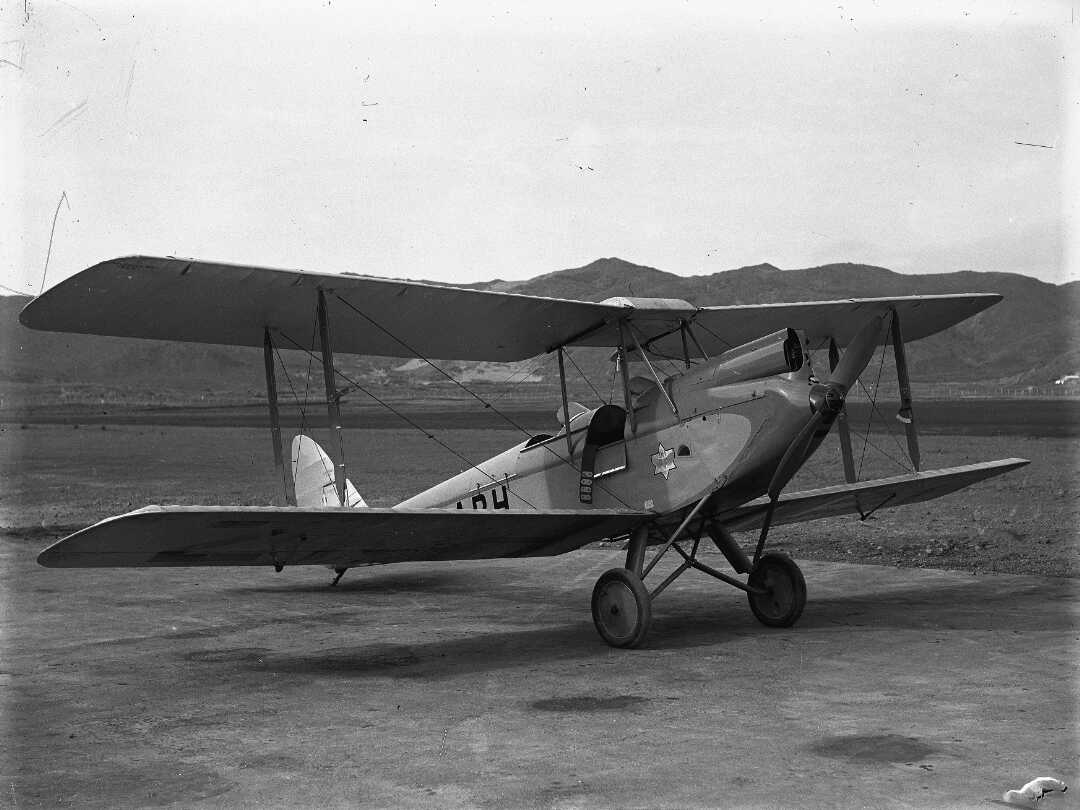
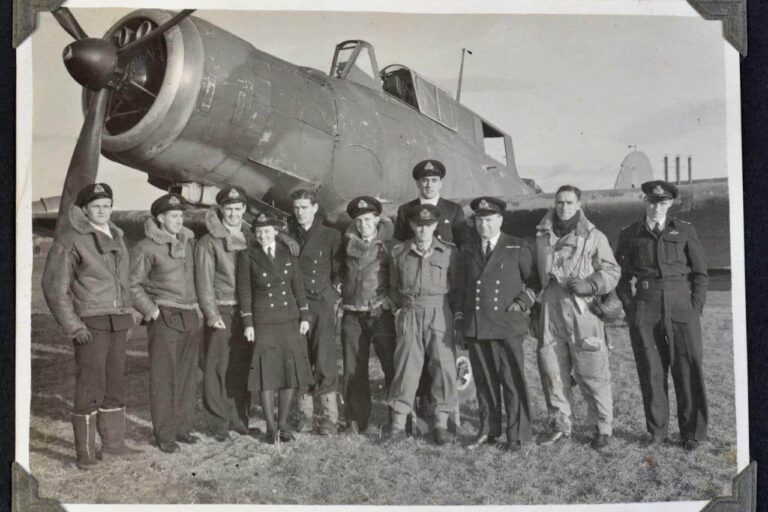

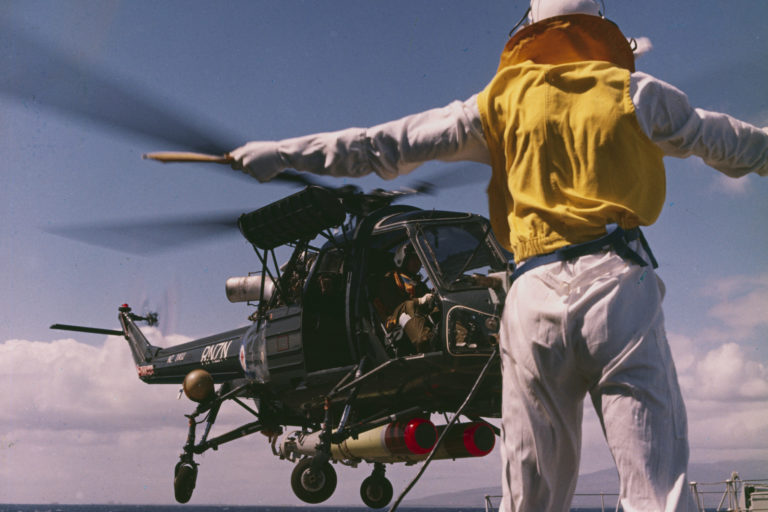
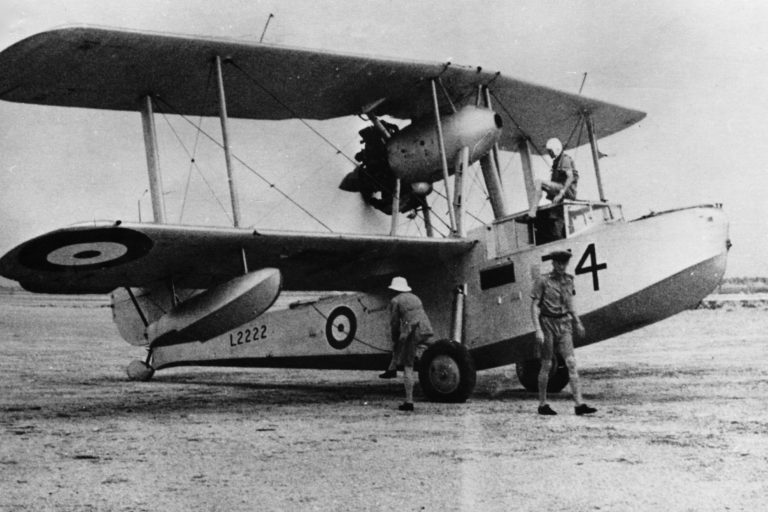
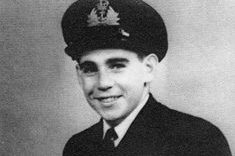
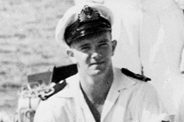
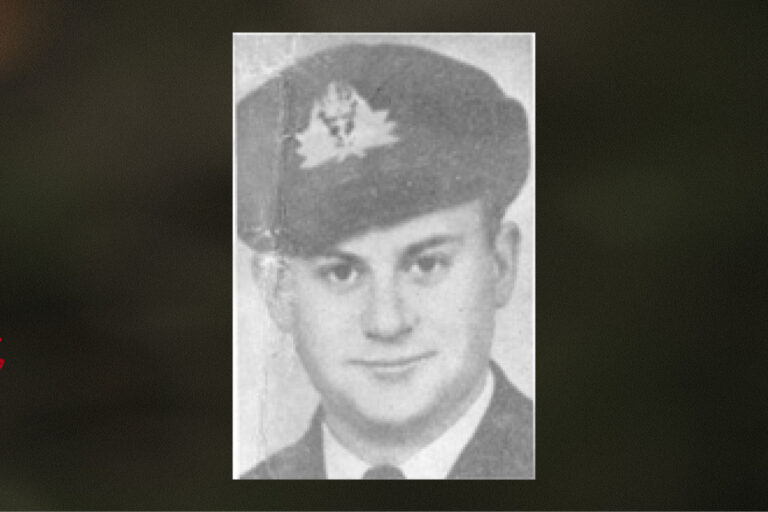
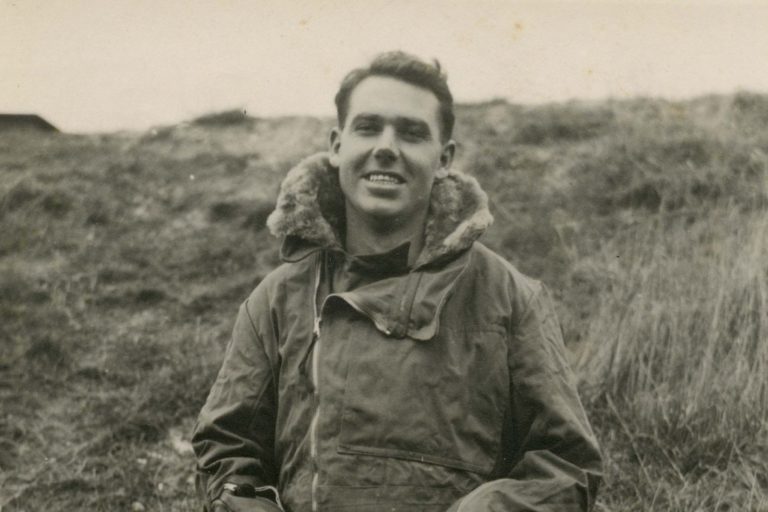


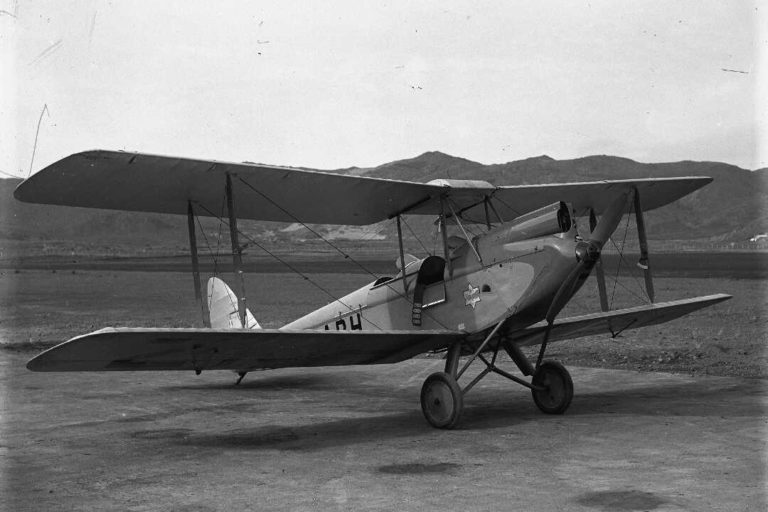
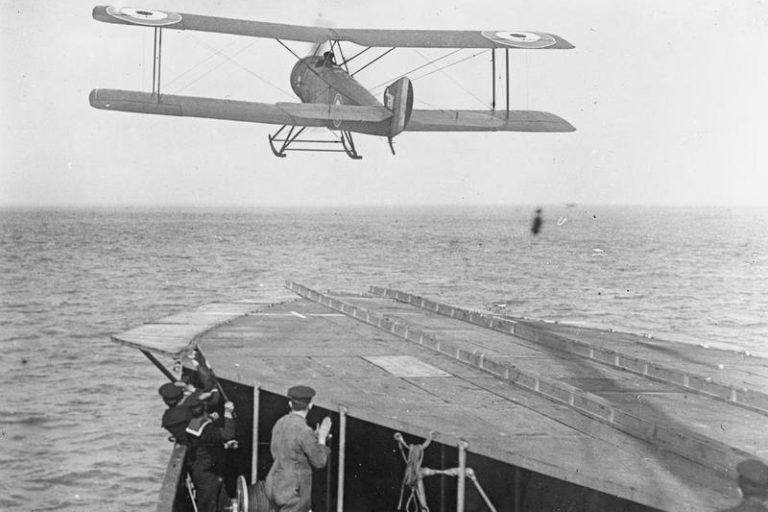
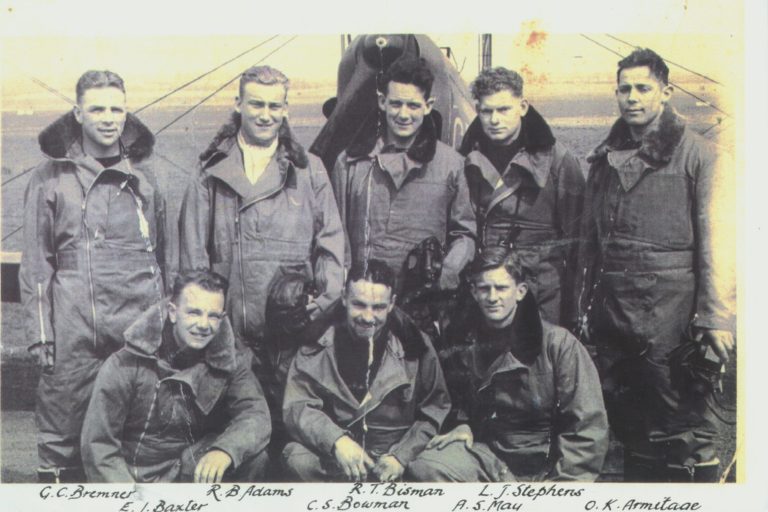
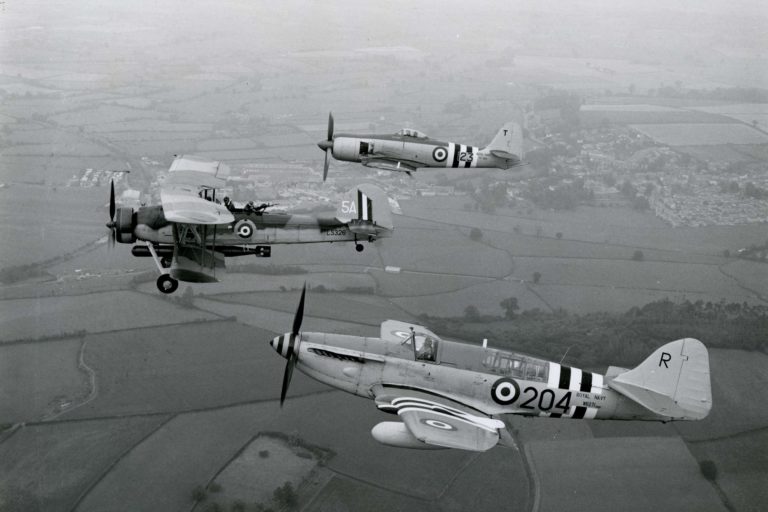
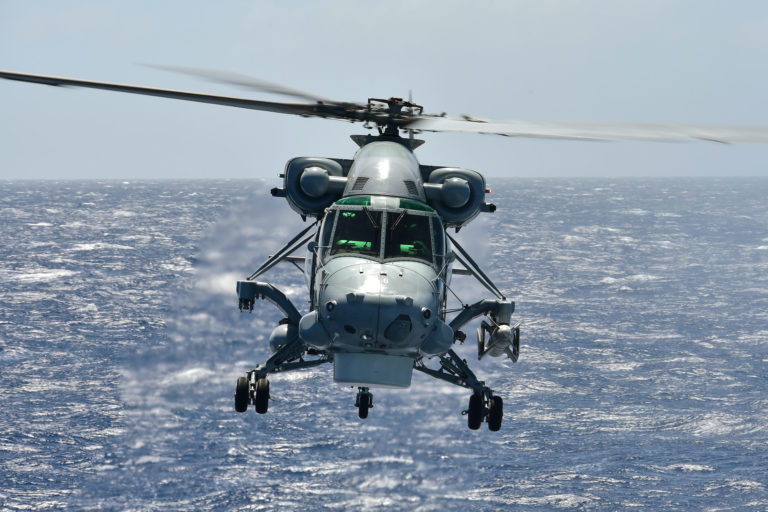
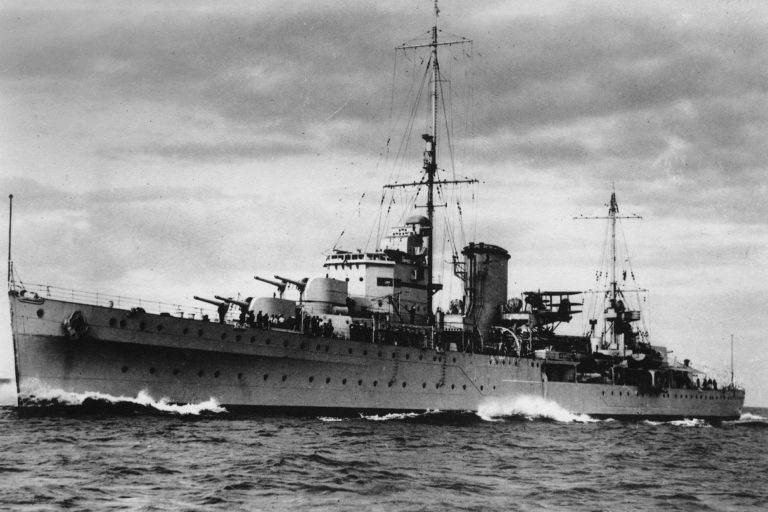
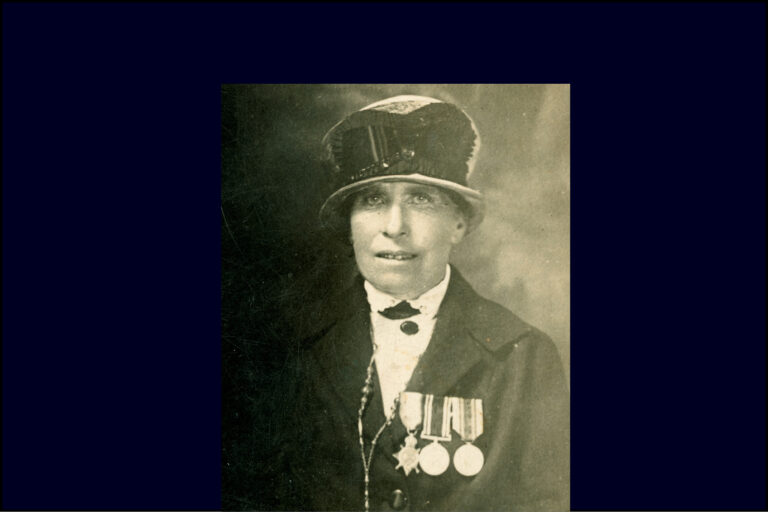
![Amokura Training Ship Amokura [formerly HMS Sparrow]](https://navymuseum.co.nz/wp-content/uploads/amokura.jpg)
